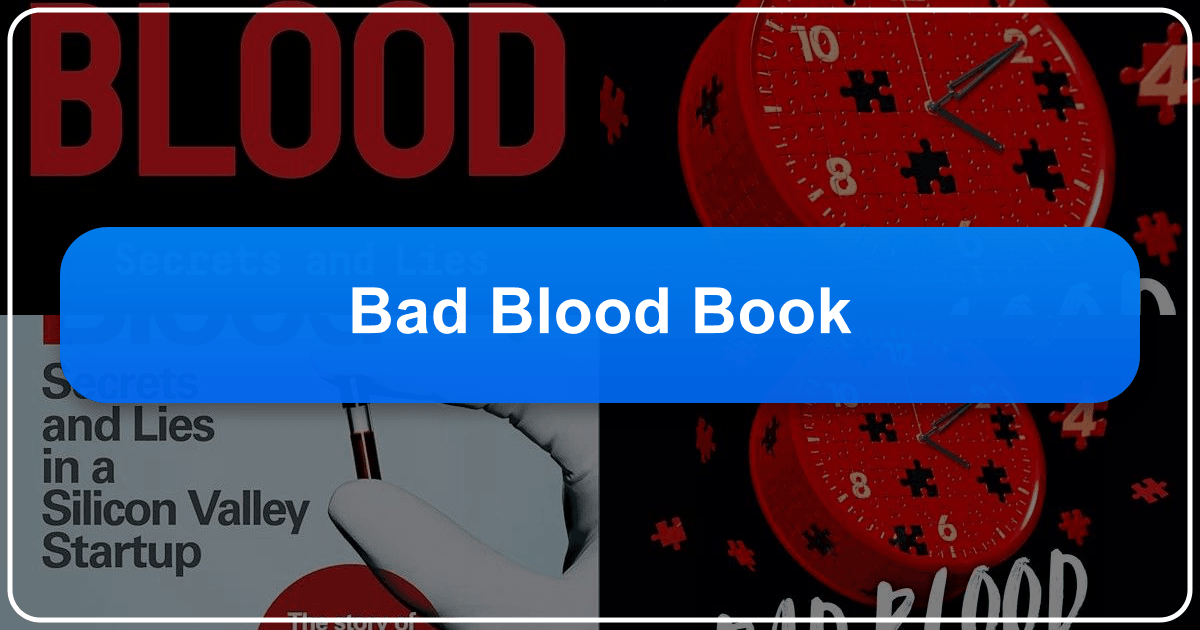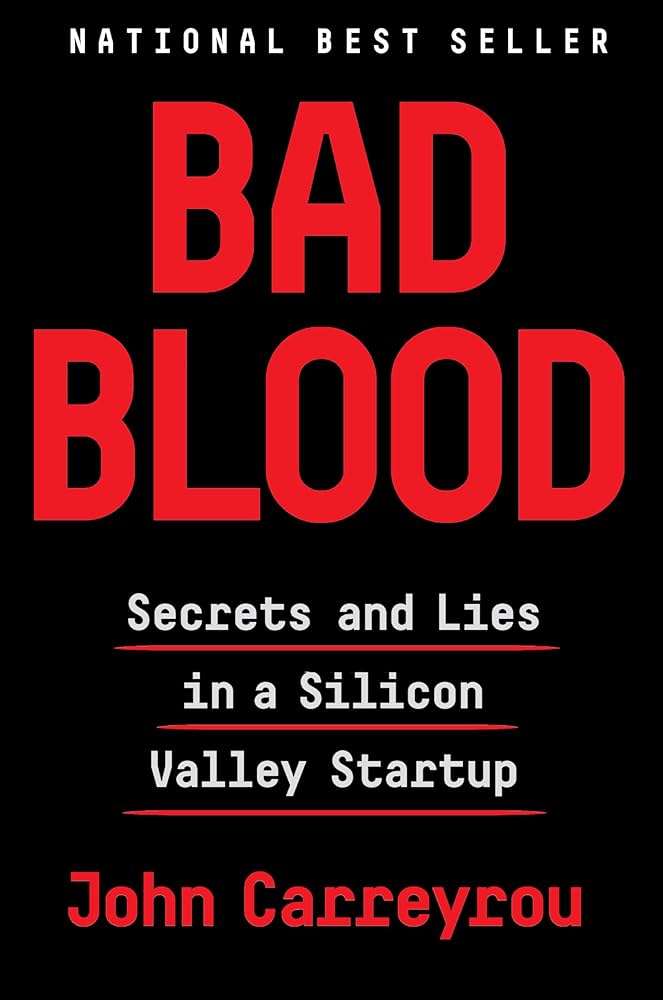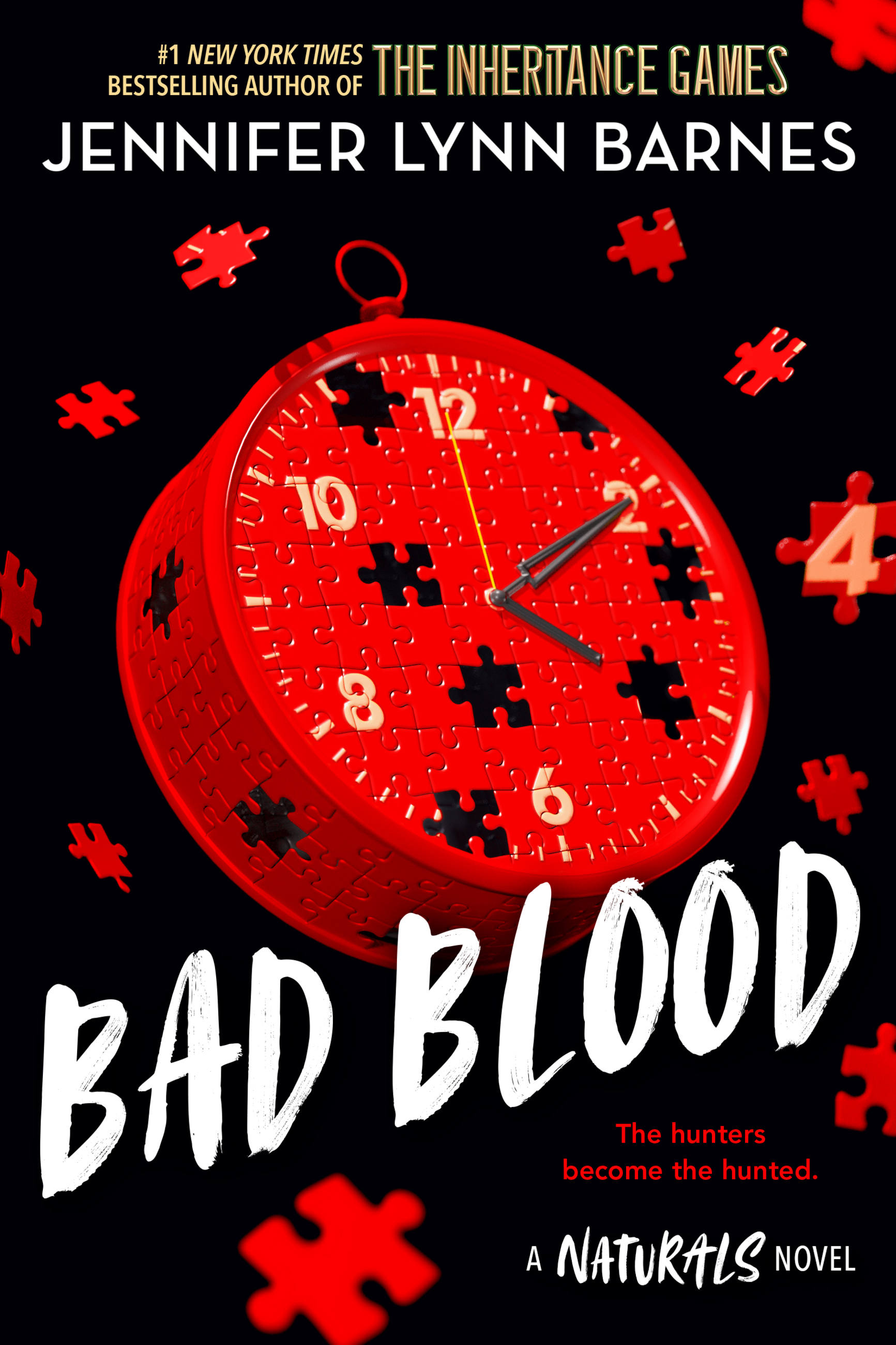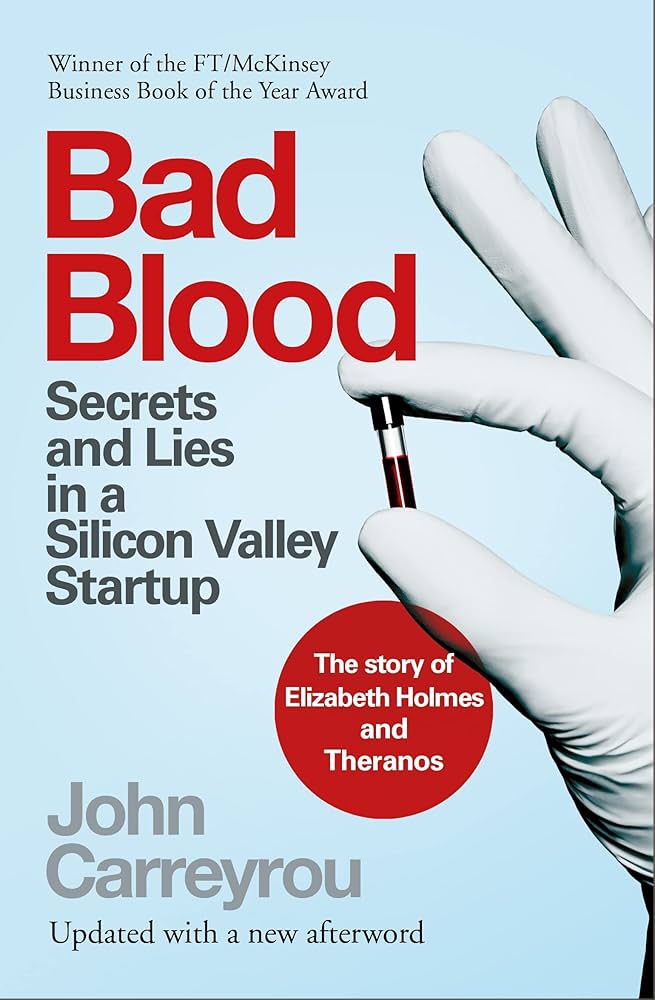*Bad Blood* Book: A Deep Dive into Genres, Authors, and Cultural Impact

The book Bad Blood, with its compelling narrative of ambition, deceit, and the downfall of a Silicon Valley startup, has captivated readers and sparked significant cultural conversations. This in-depth analysis explores Bad Blood across multiple facets, drawing connections between its literary merit, its author’s background, its impact on the reading public, and its broader cultural influence. We will examine the book through the lenses of genre, authorial style, educational value, the role of libraries, and its lasting cultural impact.
1. Exploring the Genres of Bad Blood
Bad Blood: Secrets and Lies in a Silicon Valley Startup, by John Carreyrou, defies easy categorization. While primarily non-fiction, its narrative structure and pacing borrow heavily from the thriller genre. The book unfolds like a meticulously crafted suspense novel, revealing secrets and escalating tensions as Carreyrou unravels the Theranos scandal. The narrative expertly builds suspense, leaving the reader eager to discover the truth behind Elizabeth Holmes’s ambitious—and ultimately fraudulent—enterprise.

The book’s genre can also be considered a blend of investigative journalism and biographical storytelling. Carreyrou meticulously details his investigative process, showcasing his rigorous reporting and the challenges he faced in uncovering the truth. Simultaneously, the book functions as a biography of Elizabeth Holmes, exploring her motivations, personality, and the factors that contributed to her actions. This biographical element adds depth and complexity to the narrative, moving beyond a simple exposé of corporate fraud to explore the human element behind the scandal.
The inclusion of elements from corporate finance and business studies further enriches the genre. Carreyrou dissects Theranos’s business model, financing, and strategic decisions, providing valuable insight into the inner workings of Silicon Valley startups and the dangers of unchecked ambition in the high-stakes world of venture capital. Thus, Bad Blood is not merely a thriller or a biography, but a multifaceted work that blends several genres to create a compelling and informative narrative.

1.1. Bad Blood as a Cautionary Tale
Beyond its genre classifications, Bad Blood functions as a powerful cautionary tale. It serves as a warning about the potential for unchecked ambition, the dangers of prioritizing profit over ethical considerations, and the importance of robust regulatory oversight in the technology industry. The book exposes the vulnerability of investors, patients, and the broader public to deceptive practices and the consequences of ignoring warning signs. This cautionary aspect has made Bad Blood a significant contribution to public discourse surrounding business ethics and the responsibilities of technology companies.
2. John Carreyrou: Author and Investigative Journalist
John Carreyrou’s background as a Pulitzer Prize-winning investigative journalist significantly shapes the narrative of Bad Blood. His experience in uncovering complex stories of corporate wrongdoing is evident in his meticulous research, his ability to weave together multiple perspectives, and his measured tone. The book’s success is not just a testament to the compelling nature of the Theranos story, but also a reflection of Carreyrou’s skill in crafting a narrative that is both informative and captivating.

2.1. Carreyrou’s Writing Style
Carreyrou’s writing style in Bad Blood is characterized by its precision, clarity, and measured pace. He avoids sensationalism, instead opting for a clear, straightforward presentation of facts, allowing the story’s inherent drama to unfold organically. This journalistic approach adds credibility to the narrative and enhances its impact. His ability to interweave technical details with human stories makes the complex world of biotechnology accessible to a broad audience. The book doesn’t shy away from technical details, but presents them in a manner that is easily understood by non-specialists. This balance between journalistic precision and narrative storytelling is key to the book’s success.
2.2. Inspirations and Influences
While Carreyrou meticulously documents his investigative process, the inspirations behind his approach are also evident. The book’s structure and its focus on uncovering hidden truths draw parallels to classic works of investigative journalism, such as All the President’s Men. The focus on corporate deception and the fall from grace of a high-profile figure mirrors other narratives of corporate scandals, both fictional and real. The detailed account of Theranos’s internal dynamics and the personalities involved also reflects a keen understanding of human psychology and the dynamics of power.
3. Reading Bad Blood: Educational Value and Life Lessons
Bad Blood offers substantial educational value beyond its captivating narrative. Readers gain insights into the complexities of the biotechnology industry, the mechanisms of corporate fraud, and the dynamics of power in Silicon Valley. The book also serves as a case study in investigative journalism, demonstrating the rigorous processes involved in uncovering hidden truths and holding powerful individuals accountable.
3.1. Life Lessons from the Theranos Scandal
The Theranos saga presents numerous life lessons. It highlights the importance of critical thinking, skepticism, and the need to question authority. The book reminds readers that extraordinary claims require extraordinary evidence and that seemingly impeccable credentials do not guarantee integrity. The Theranos story is a stark reminder of the ethical responsibilities of both individuals and corporations and the potential consequences of prioritizing personal ambition over ethical considerations.
3.2. Reading Habits and Engagement
The book’s widespread appeal speaks to its ability to engage a broad audience, even those outside the fields of business, science, or technology. Its clear and concise writing style, its suspenseful narrative, and its focus on a compelling human story all contribute to its accessibility and readability. The book’s success is a testament to the power of well-crafted non-fiction storytelling to capture the public’s imagination.
4. The Role of Libraries and Archives
The extensive research that underpins Bad Blood highlights the crucial role of libraries and archives in investigative journalism. Carreyrou’s access to various sources, including internal documents, employee accounts, and financial records, was essential in piecing together the story of Theranos’s rise and fall. This underscores the importance of preserving and providing access to historical records, which serve as essential resources for both journalists and historians.
4.1. Digital Libraries and Access to Information
The ease of access to information through digital libraries also plays a critical role in disseminating information and facilitating public understanding of complex issues such as the Theranos scandal. The online availability of Bad Blood reviews, summaries, and related materials enhances the book’s reach and impact, making it accessible to a wider audience.
5. Cultural Impact and Legacy
Bad Blood has had a substantial cultural impact, sparking widespread discussion about business ethics, regulatory oversight, and the culture of Silicon Valley. The book has also inspired numerous adaptations, including a feature film and a television series, further extending its reach and influence. The book’s success is a testament to the power of investigative journalism to expose wrongdoing and hold powerful individuals accountable.
5.1. Adaptations and Awards
The numerous awards received by Bad Blood and its author, John Carreyrou, further underscore its literary and journalistic merit. The book’s adaptations into other media, such as the television series The Dropout, demonstrate its enduring appeal and its capacity to resonate with different audiences. These adaptations not only offer a different visual presentation of the story but also stimulate wider conversation and renewed interest in the topic.
5.2. Communities and Public Discourse
Bad Blood’s impact extends beyond individual readers, contributing to broader societal dialogues around corporate responsibility and the importance of ethical conduct in the business world. The book has fostered discussions about the role of investors, regulatory bodies, and the media in preventing and addressing corporate fraud. Its enduring presence in public discourse is a clear indicator of its lasting cultural significance. The book also serves as a case study for business schools and organizations working to understand and prevent corporate fraud.
In conclusion, Bad Blood stands as a compelling example of investigative journalism that transcends genre boundaries. Its exploration of the Theranos scandal is a multifaceted story, touching upon thriller, biographical, and business aspects. John Carreyrou’s masterful storytelling, coupled with the inherently intriguing subject matter, has led to significant cultural impact, discussions around ethical business practices, and increased awareness of corporate accountability. The book’s continuing legacy is cemented by its numerous adaptations and sustained presence in public and academic discourse, making it a significant contribution to both literature and contemporary culture.